On Thursday, California was hit by an earthquake along what experts call “America’s most dangerous” fault line.
The US Geological Survey (USGS) found a 3.1 magnitude earthquake along the Hayward Fault, which runs through the East Bay, at 9:30 a.m. PT (12:30 p.m. ET).
The USGS has heard from more than 1,700 people who say they felt the shaking, and that number is still going up.
People in Berkeley, San Francisco, Santa Rosa, Oakland, Concord, and Hayward said they felt trembling.
The Hayward Fault is thought to be the most dangerous in the US because it runs under areas with a lot of people and could cause a big earthquake that has been waiting for a long time.
The fault has not broken apart in a big way since 1868, even though the ground is “creeping” along it.
Research shows that big earthquakes along this fault happen about every 140 years, which means that one is long overdue.
A study from the University of California, Berkeley found that the fault has a 33% chance of breaking during a 6.7 magnitude earthquake or stronger before 2043. The Bay Area has a 72% chance of having at least a 6.7 magnitude earthquake.
The USGS said that the epicenter of the quake was close to the UC Berkeley campus.
The Seismology Lab at UC Berkeley found that the earthquake’s depth was about 5.8 miles.
People in the area said they felt quick jolts from the seismic activity, but so far there have been no reports of injuries or damage.
The earthquake also happened just one hour before the annual earthquake drill for the Great California Shake Out, which millions of Californians took part in.
The drill was meant to raise awareness and get people ready for the next big quake, which will happen at some point. It was based on a hypothetical 7.8-magnitude earthquake on the San Andreas fault.
People practiced the “Drop, Cover, and Hold On” method by getting under a strong table or desk, covering their head and neck, and holding on until the shaking stopped.
The Hayward is one of the three main fault zones in the San Andreas system that have caused big earthquakes in the San Francisco Bay Area in the past.
Scientists warned that the stress keeps building up on the fault line.
Dr Bob Uhrhammer, a retired UC Berkeley research seismologist, told ABC News 7: ‘It’s been accumulating all along because we can see the motion across the fault of a few millimeters to a centimeter or two a year.
‘So is there a lot of stress building up on the Hayward Fault? Yes, and the question is, when will it be released? The problem is that all the small ones combined don’t relieve enough stress to mitigate the chances of a larger quake occurring.’
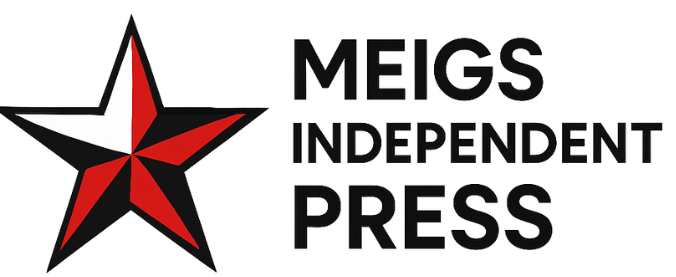
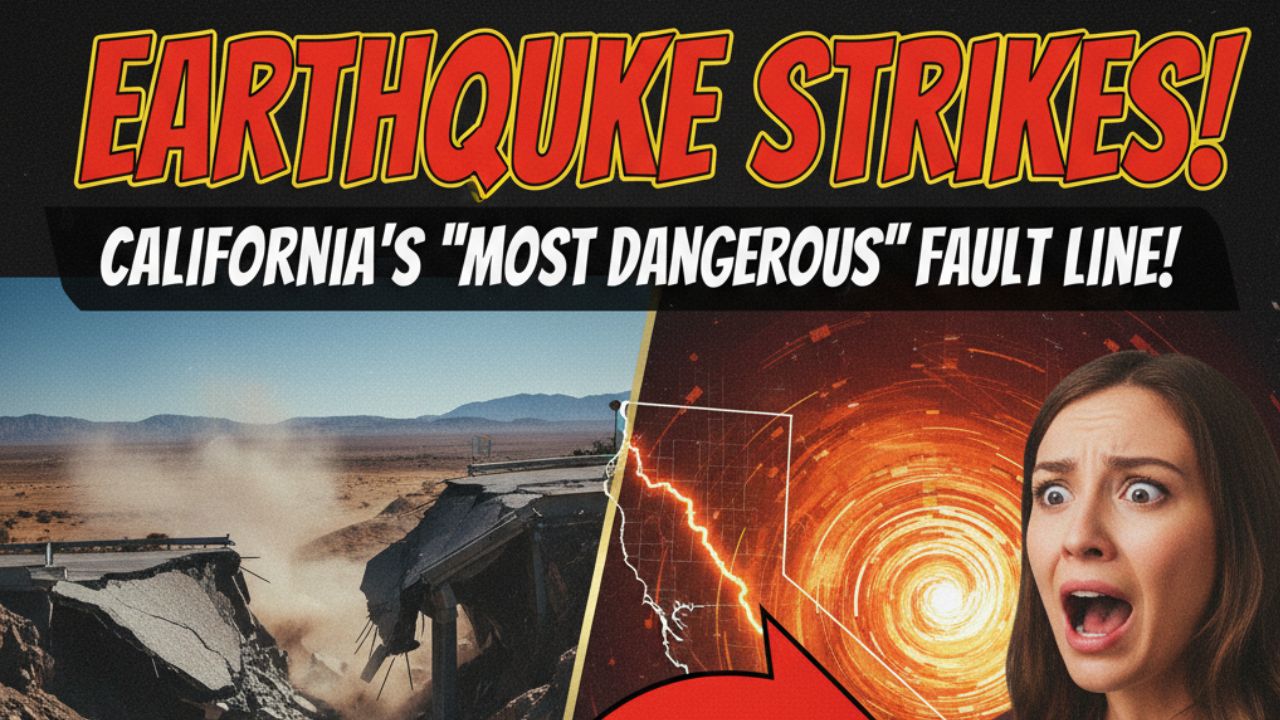


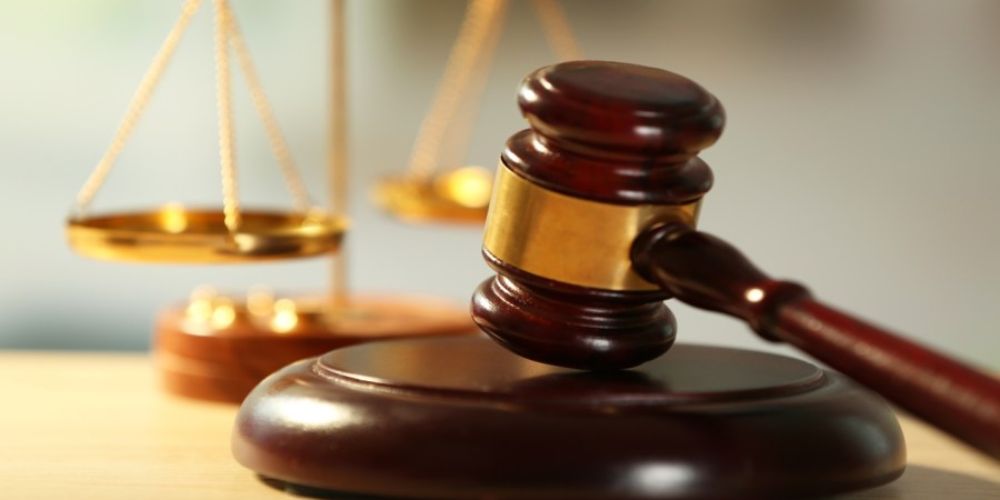


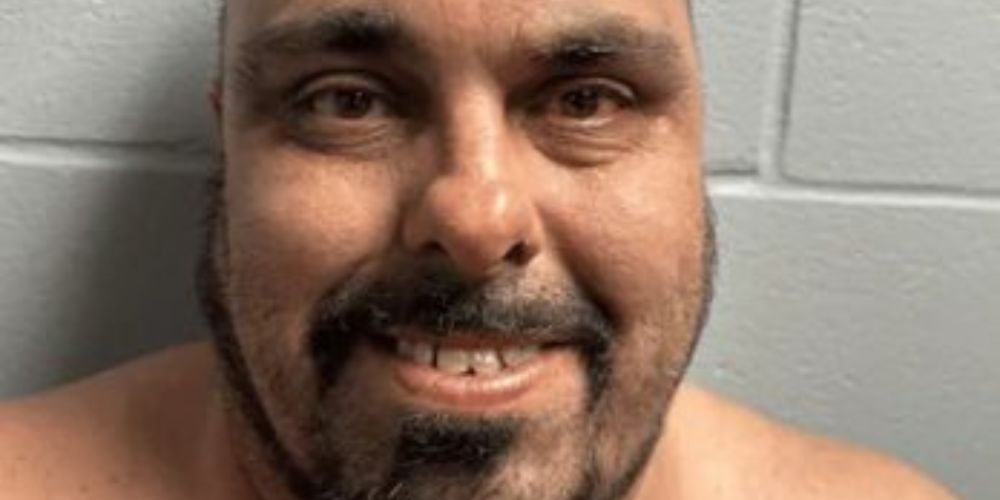
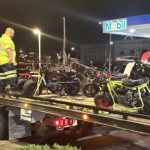

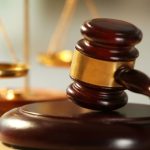
Leave a Comment